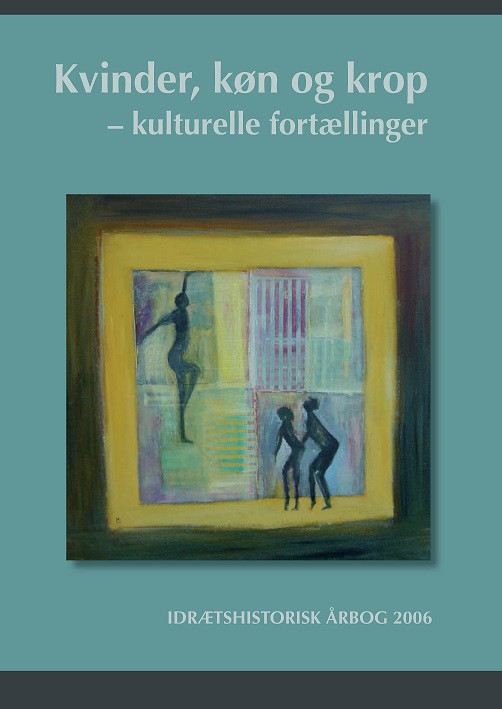Elli Björkstén - genusordning förnyare eller förvaltare?
DOI:
https://doi.org/10.7146/ffi.v22i0.31680Abstract
En skildring af gymnastikpædagogen Elli Björksténs perspektiver på og udvikling af idrætten omkring første halvdel af 1900-tallet med særligt fokus på Björksténs gymnastikforms indflydelse på kvinden som køn.
Pia Lundquist Wanneberg: Elli Björkstén – an innovator or administer of the gender order?
From a gender point of view a reformation of the Swedish Ling gymnastics took place during the beginning of the 20th Century: a division into a female and a male form of physical education. Originator was the Finnish gymnastic teacher Elli Björkstén and her reforming had consequences for the education in Swedish schools. Up until puberty, girls and boys could do gymnastics and sport together as well as do the same things, but after that the boys were guided towards exercises that worked on strength, determination and performance, and girls towards aesthetic exercises, which developed agility, flexibility and grace. From a fairly asexual environment, the dividing lines became more rigid at the time of puberty. What warranted the distinction was the first sight of the pubescent girl, who was physically weak: a weakness that was due to reproduction. Consequently, the physical education of girls and boys revealed important differences. Whilst the girls’ gymnastic lessons gave a lot of scope to rhythmic movements, such as singing- and dancing games, as well as exercises that demanded, for instance, agility, the boys’ lessons comprised, to the same extent, of endurance- and strength training exercises in the form of, for instance, apparatus gymnastics and running. The distinction within sport, however, lessened with the growing physiologisation of the subject. In his studies, Per- Olof Åstrand had shown that pubescent girls were not weaker that pubescent girls were not weaker than the boys. In the gymnastics section, however, this distinction remained until 1980. Girls and boys were still to be raised into two different types: one, supple and graceful and the other, strong with stamina. From a gender point of view, the individualisation of the school system did not entail any change. In school, the pupils were still regarded as two genders, not as people or individuals.

